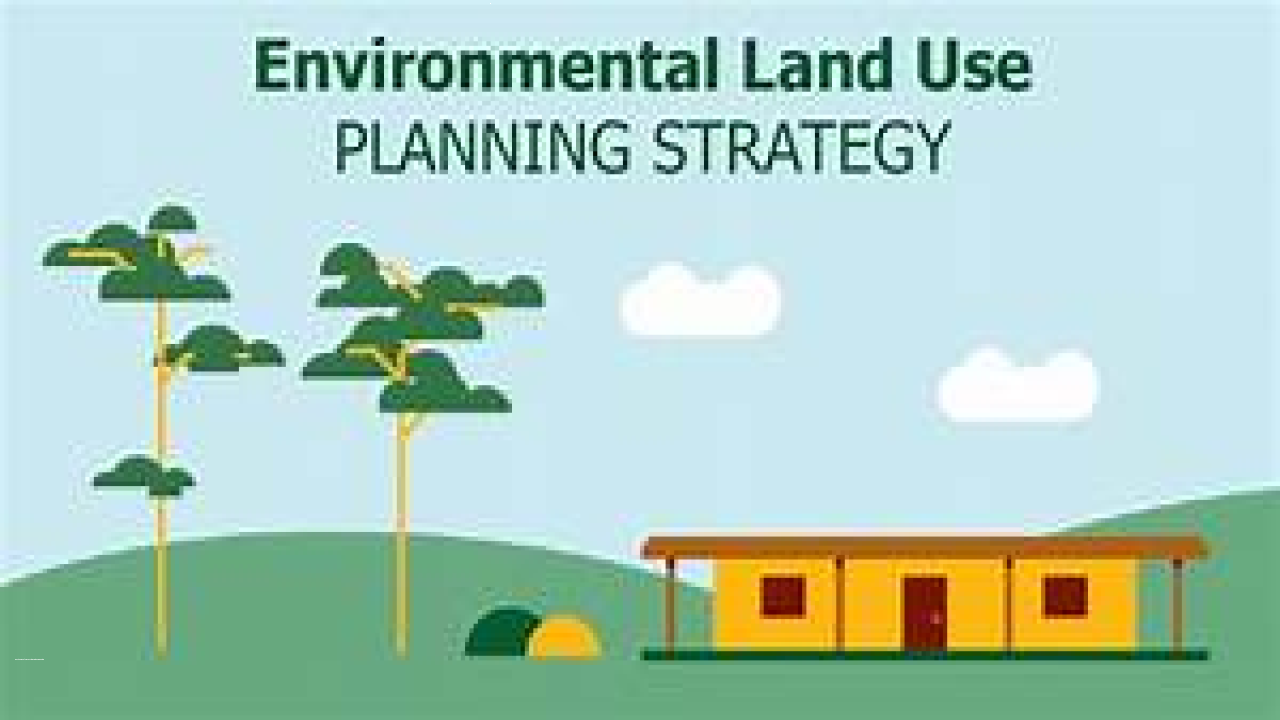Environmental Issues in Regional Planning
Environmental issues in regional planning refer to the impacts of regional development strategies on the environment. These issues can arise due to a range of factors, such as the construction of infrastructure, industrial activity, and land use changes. The aim of environmental planning is to ensure that regional development strategies are sustainable and do not have negative impacts on the environment.
Background
The recognition of environmental issues in regional planning has been a relatively recent development. In the 1970s, there was growing concern about the environmental impacts of industrial activity and urbanization. This led to the emergence of environmental planning as a discipline and the development of environmental regulations and standards.
Types of Environmental Issues in Regional Planning
There are several types of environmental issues in regional planning, including:
- Land Use Changes: Land use changes can have significant impacts on the environment, such as deforestation, soil erosion, and loss of biodiversity.
- Pollution: Pollution can arise from a range of sources, such as industrial activity, transportation, and agriculture. Pollution can have negative impacts on air and water quality, as well as on human health.
- Climate Change: Climate change is a global environmental issue that can be impacted by regional development strategies, such as the construction of infrastructure and energy production.
Examples of Environmental Issues in Regional Planning
Here are some examples of environmental issues in regional planning:
- Urban Sprawl: Urban sprawl refers to the expansion of urban areas into previously undeveloped or rural areas. This can lead to the loss of farmland, natural habitats, and open space.
- Infrastructure Development: Infrastructure development can have significant impacts on the environment, such as the construction of roads and highways, which can lead to fragmentation of habitats and disruption of ecosystems.
- Industrial Activity: Industrial activity can lead to pollution and other environmental impacts, such as contamination of soil and water.
Issues with Environmental Issues in Regional Planning
Despite efforts to address environmental issues in regional planning, there are several challenges and issues, including:
- Conflicting Priorities: Environmental concerns may conflict with other priorities, such as economic development and job creation.
- Political Interference: Environmental planning can be influenced by political factors, such as the interests of different groups or the availability of funding, leading to unequal distribution of resources and development.
- Implementation Challenges: Implementation of environmental planning strategies can be challenging, particularly if there is resistance from stakeholders or lack of political will.
- Lack of Coordination: Lack of coordination between different stakeholders, such as government agencies and community groups, can lead to ineffective or inconsistent approaches to environmental planning.


